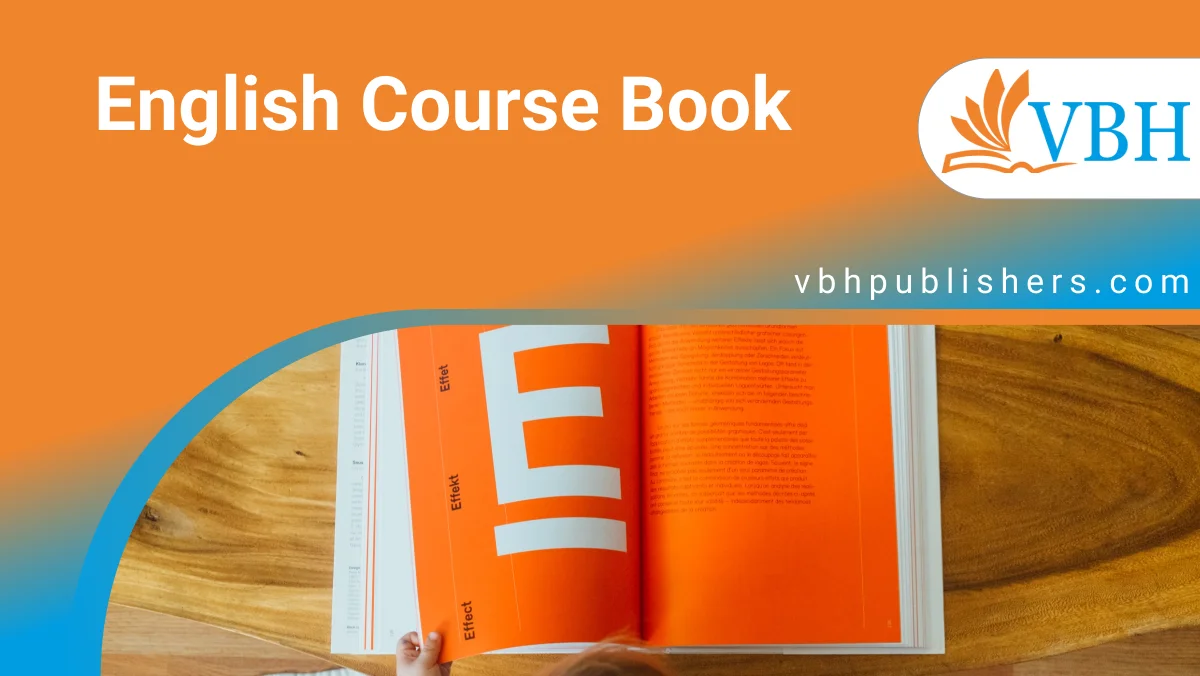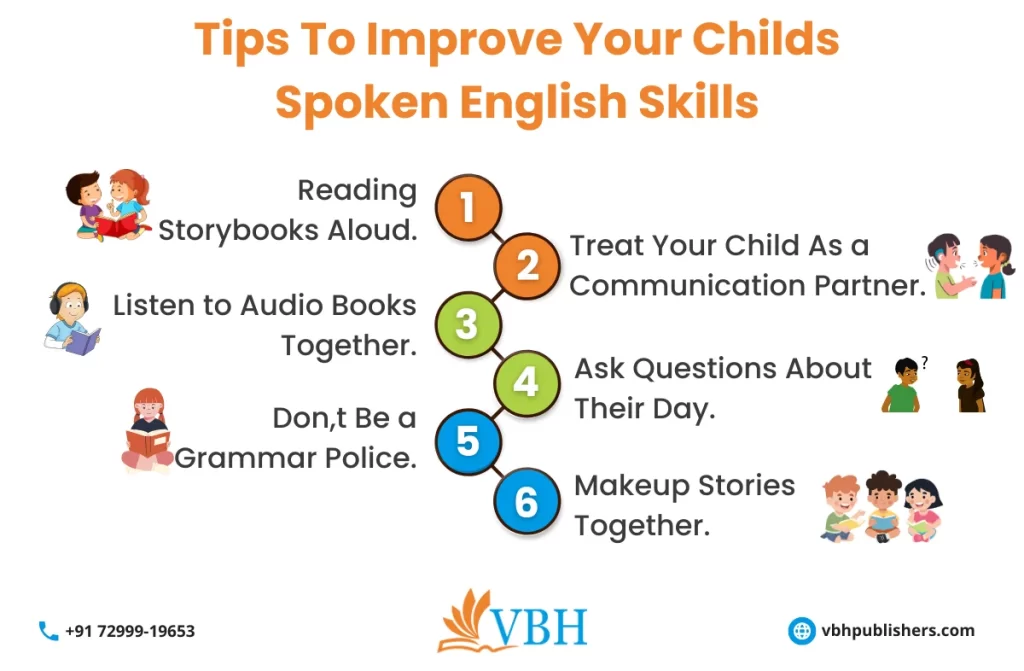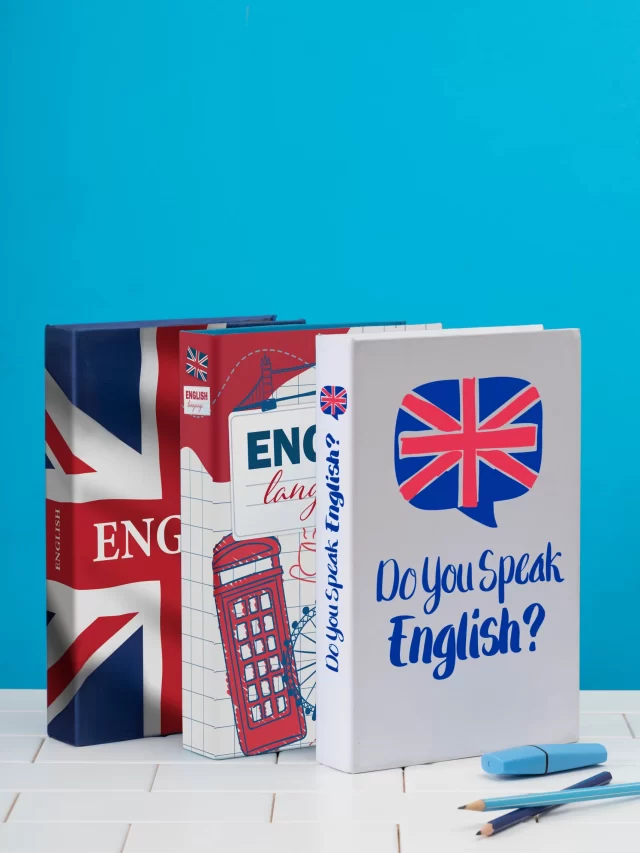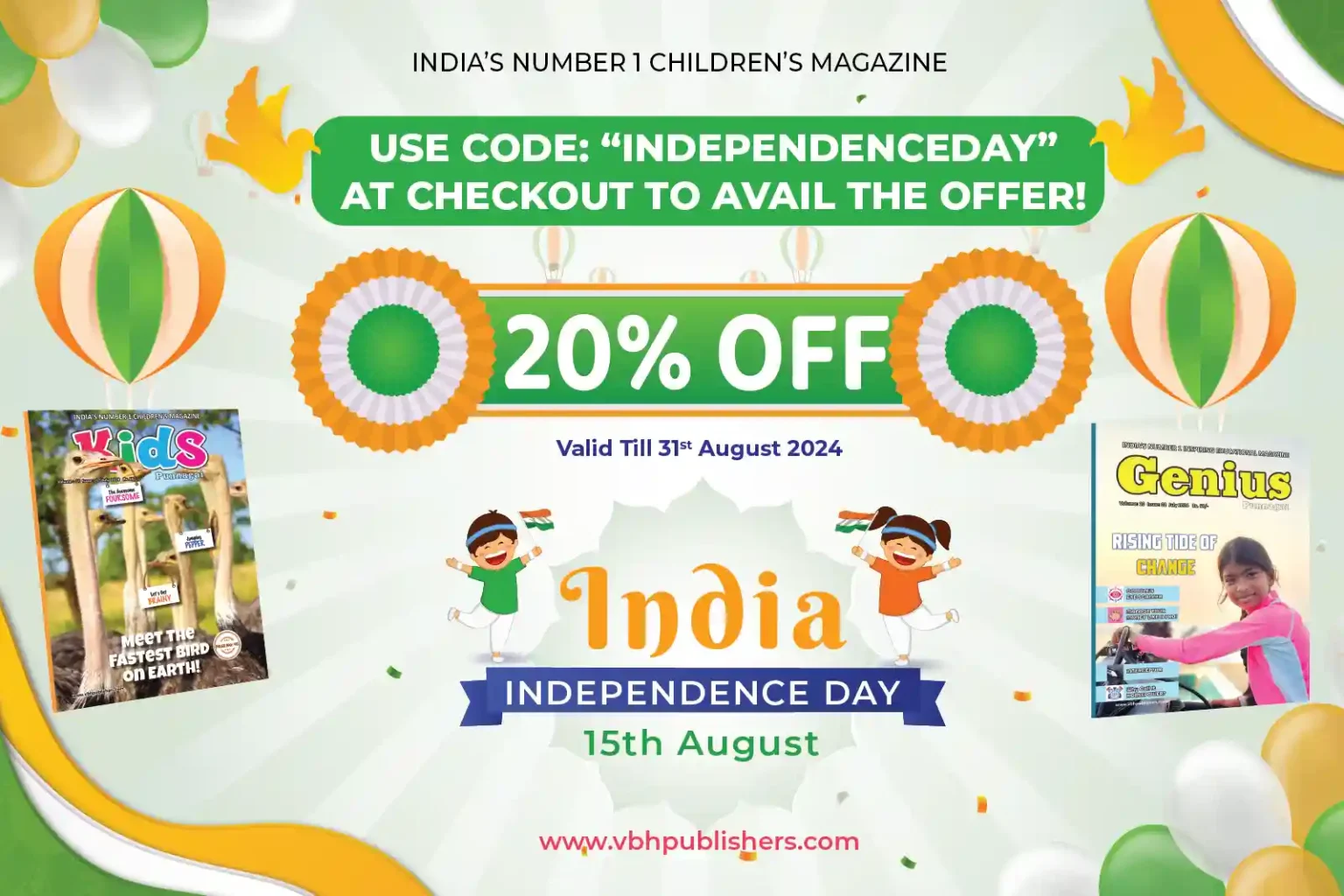Best English Course Book
- Last Updated:

English course books tailored for children in classes 1A and 2A are foundational tools that play a pivotal role in shaping early language skills. In this comprehensive guide, we will delve into the significance of these course books, clarify the guidelines for choosing the most appropriate ones, and present a comprehensive English curriculum thoughtfully tailored to engage and meet the needs of young learners.
The Significance of English Course Books in Children’s Education
English course book 1A and 2A hold immense significance in their educational journey for several reasons:
- Foundational Language Skills: These early years are crucial for developing foundational language skills, including reading, writing, listening, and speaking. Coursebooks provide a structured approach to building these skills.
- Vocabulary Expansion: They introduce children to a rich vocabulary, helping them learn and understand new words in context, which is vital for effective communication.
- Phonics and Pronunciation: English course books often include phonics lessons and activities that aid in developing correct pronunciation and phonemic awareness, a crucial skill for reading.
- Grammar and Syntax: Children are exposed to basic grammar rules and sentence structure through these course books, enabling them to construct meaningful sentences.
- Cultural Awareness: Many course books incorporate stories, poems, and activities that introduce young learners to different cultures, fostering global awareness and empathy.
- Preparation for Higher Grades: Proficiency in English is essential for future academic success, and these course books provide a strong foundation for more advanced English studies.

Choosing the Ideal Course Books in English
Selecting the right English course books for children in classes 1A and 2A is a crucial decision that can significantly impact their language development. The step-by-step guide to aid you make an informed choice:
- Assess Learning Goals: Consider the specific goals you have for your child, whether it’s improving fluency, reading comprehension, or vocabulary development.
- Age-Appropriate Content: Ensure that the course book aligns with the age and cognitive development of your child. Look for engaging and colorful illustrations to captivate their interest.
- Curriculum Alignment: Check if the English Course Book 2A aligns with educational standards or school curricula to ensure consistency in learning.
- Comprehensive Skill Coverage: The ideal course book should cover all language skills: listening, speaking, reading, and writing. It should also include phonics instruction.
- Interactive Activities: Look for English course books that incorporate interactive activities like games, puzzles, and role-playing to make learning enjoyable.
- Supplementary Materials: Consider if the course book comes with supplementary materials such as audio CDs, online resources, or teacher guides to enhance the learning experience.
- Reviews and Recommendations: Seek recommendations from teachers, parents, or educational experts and read reviews to gauge the effectiveness and suitability of the course book.
- Cultural Sensitivity: Ensure that the course book presents diverse cultures sensitively and promotes inclusivity.
- Cost and Availability: Consider the cost and availability of the course book, and check if it fits your budget and is readily accessible.
- Flexibility: Evaluate if the English course book 1A allows for adaptability to cater to your child’s specific learning pace and needs.
Comprehensive English Curriculum for Children
A well-rounded English curriculum for children in classes 1A and 2A should encompass various components to nurture their language development and keep them engaged:
- Phonics and Letter Recognition: Start with phonics lessons to teach letter sounds and recognition, enabling children to decode words.
- Vocabulary Building: Introduce a wide range of age-appropriate words through stories, pictures, and interactive activities.
- Reading Comprehension: Develop reading skills in the English course books by gradually increasing the complexity of texts and incorporating comprehension questions.
- Writing Skills: Guide children in writing their names, simple words, and short sentences. Encourage creativity through drawing and writing exercises.
- Listening and Speaking: Provide opportunities for children to listen to stories, songs, and conversations to enhance listening and speaking skills
- Grammar and Sentence Structure: Introduce basic grammar concepts in the English course books like nouns, verbs, and adjectives through simple sentence formation activities.
- Cultural Exposure: Include stories and activities that expose children to various cultures and traditions, promoting global awareness.
- Interactive Activities: Incorporate interactive games, role-plays, and group activities to make learning fun and engaging.
- Progress Tracking: Regularly assess children’s progress from the English Course Book 2A through quizzes, assignments, and activities to identify areas for improvement.
- Supplementary Resources: Include supplementary materials like flashcards, audio resources, and online platforms to support learning.
Conclusion
To conclude, English course books for children in classes 1A and 2A are essential tools for fostering early language skills. Careful selection of appropriate course books and a well-rounded curriculum provided by the VBH Publishers can set a strong foundation for a child’s English language proficiency, enabling them to communicate effectively and excel in their future academic endeavors.
Also Read Preschool Activity Books.
Frequently Asked Questions
English course books are available in diverse versions customized for various age groups and proficiency levels. It is crucial to meticulously choose a course book that aligns with your child’s specific age and educational stage. This ensures that the content is not only age-appropriate but also engages the child effectively.
Certainly, supplementing your child’s learning with resources like flashcards, audio materials, and online platforms can greatly enrich their educational journey. These supplementary tools can reinforce concepts, provide interactive experiences, and enhance comprehension. To ensure effectiveness, it’s essential that these materials align closely with the curriculum presented in the English course book.
The frequency of updates to English course books varies based on factors such as the educational institution’s policies, curriculum alterations, and your child’s advancement. As a general guideline, it’s advisable to evaluate the necessity for updates on an annual basis or when your child transitions to a higher learning level. This proactive approach aligns with your child’s evolving needs, and maintains its relevance throughout their educational journey.



